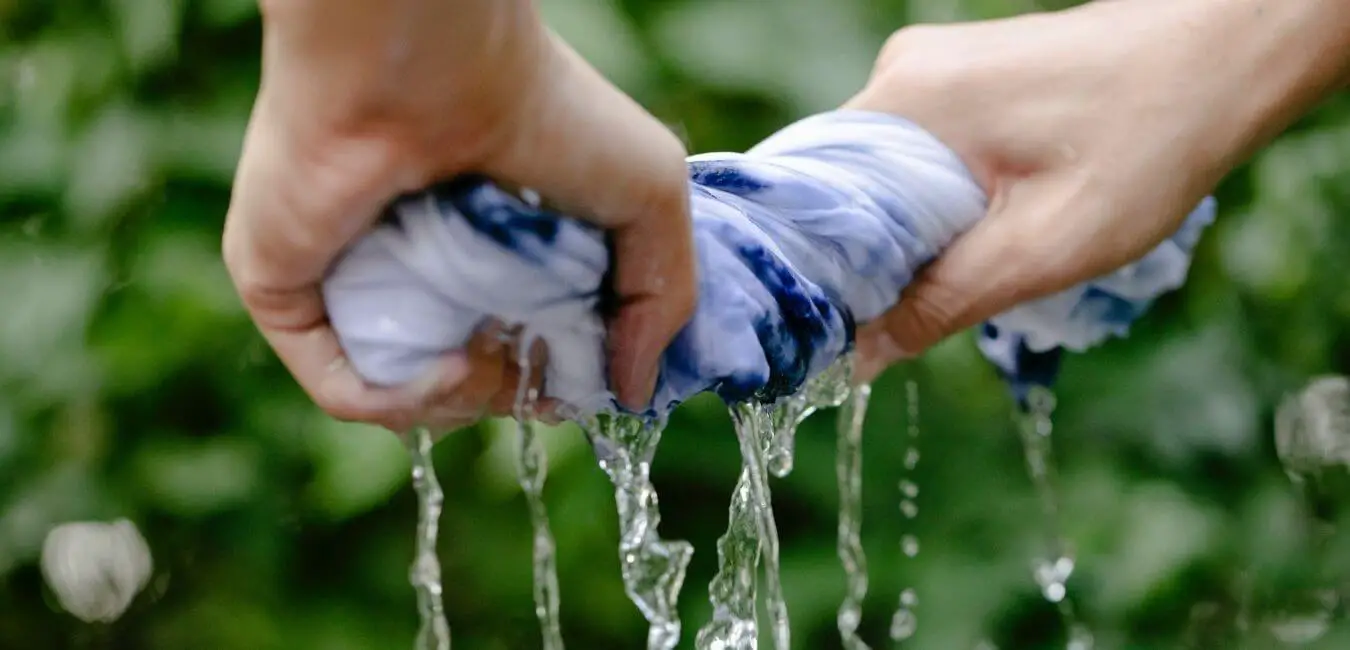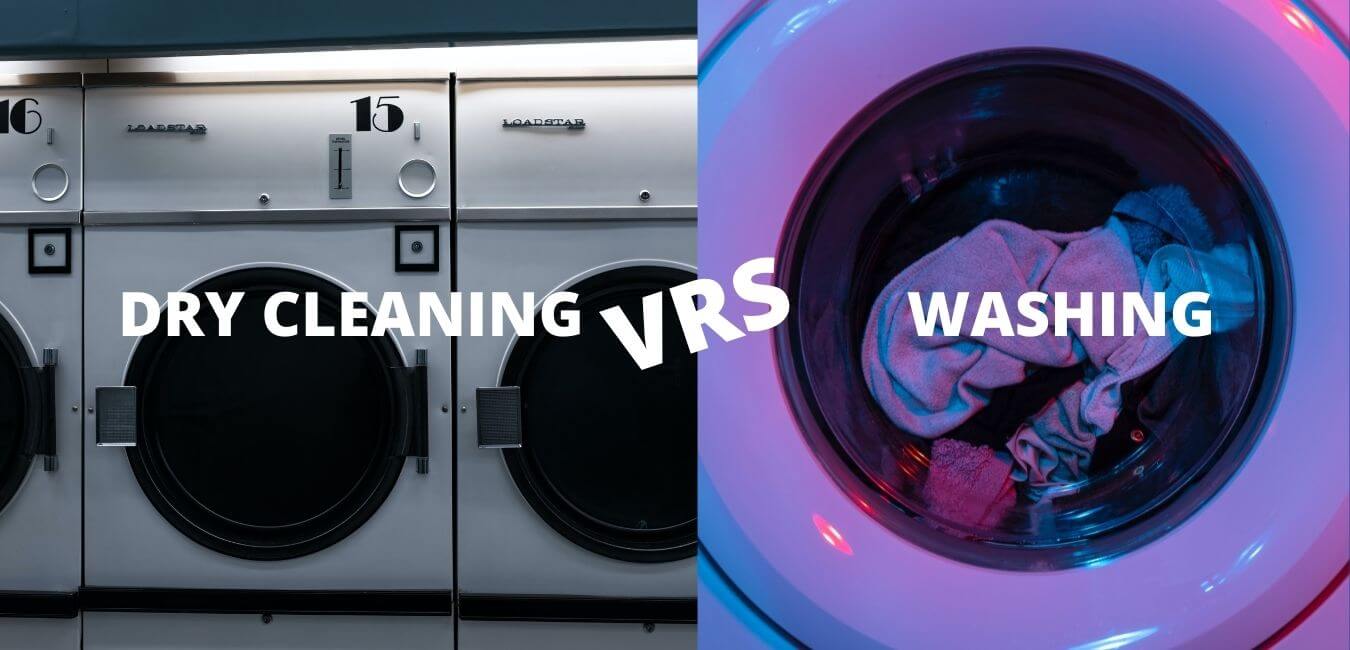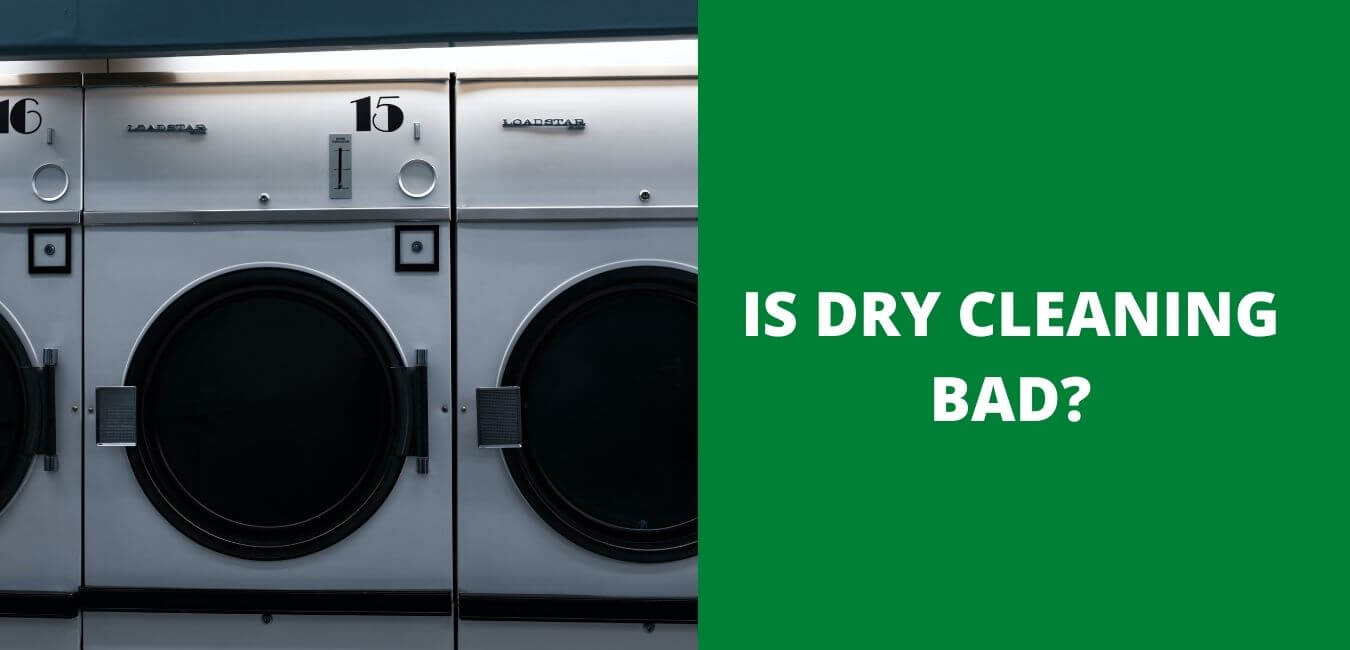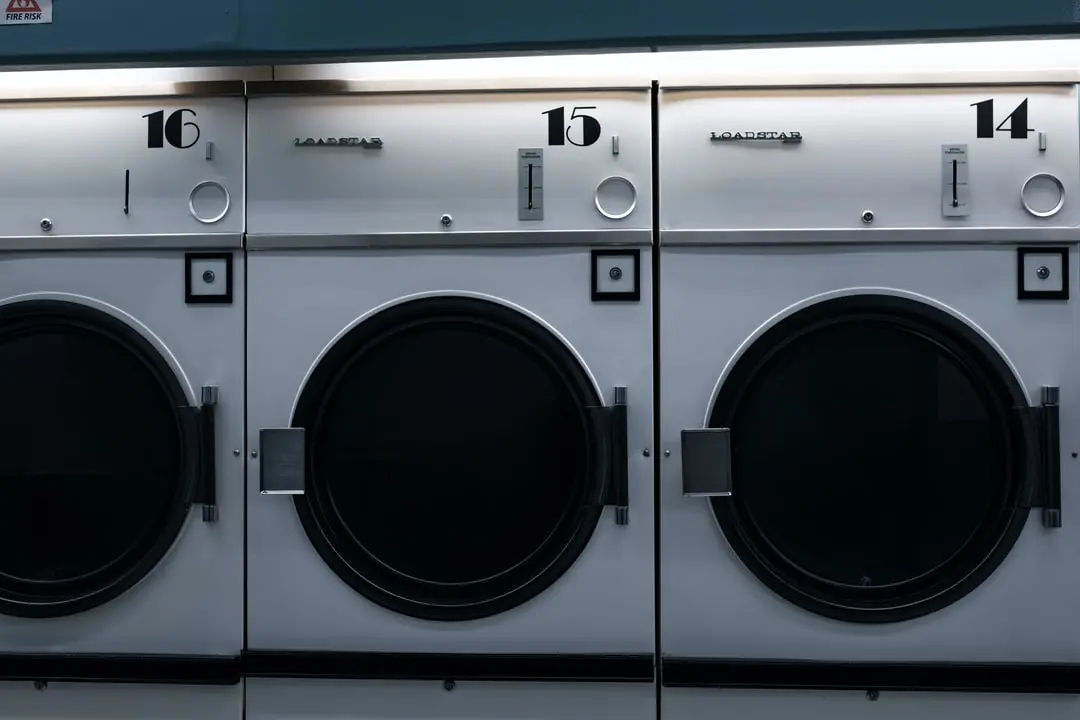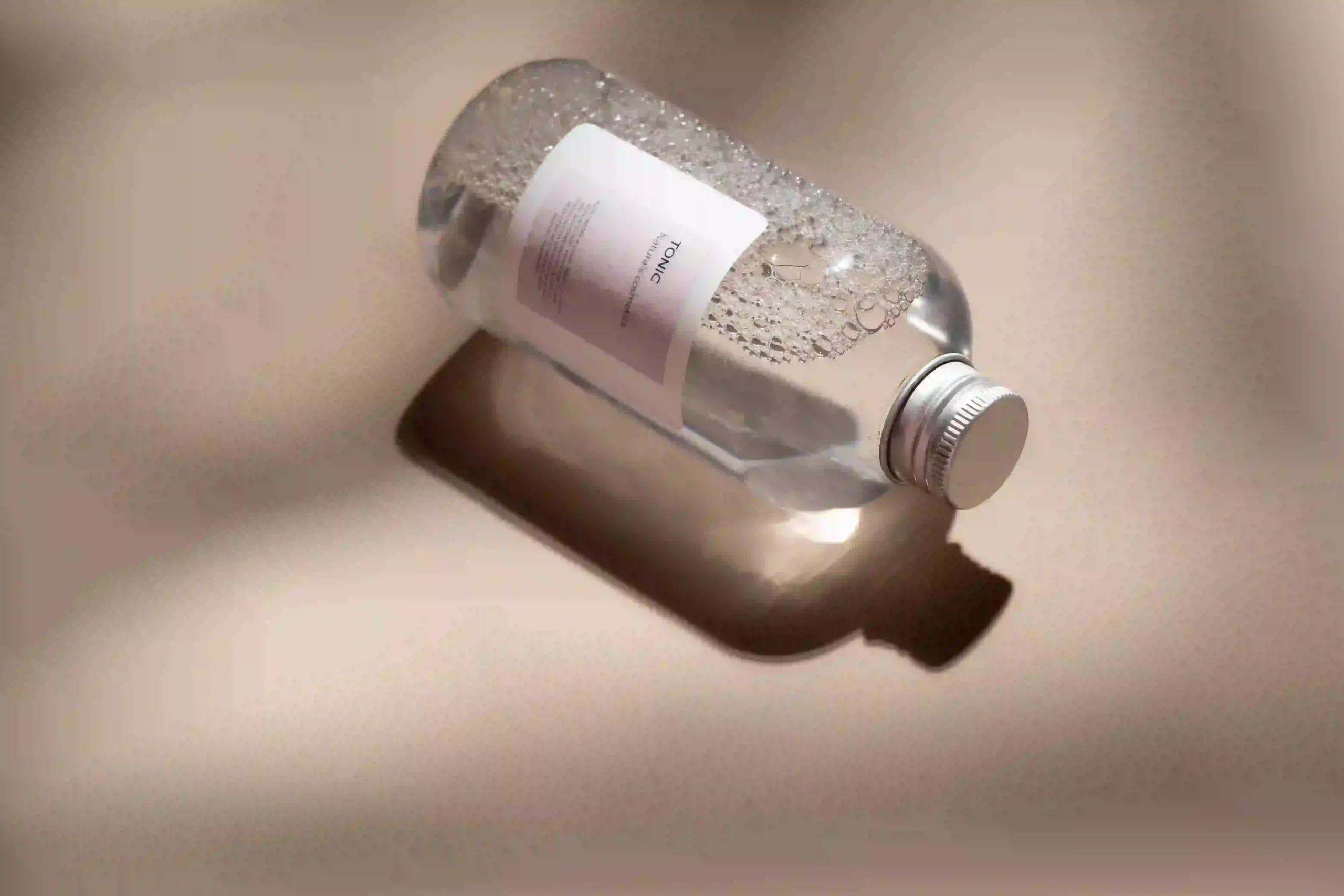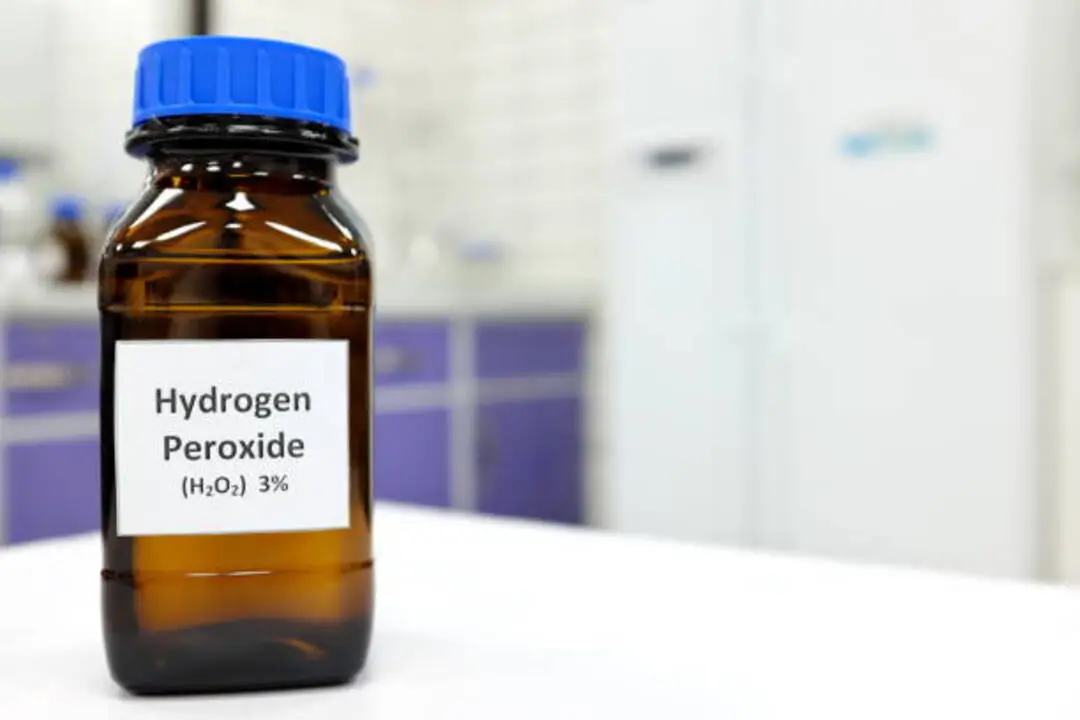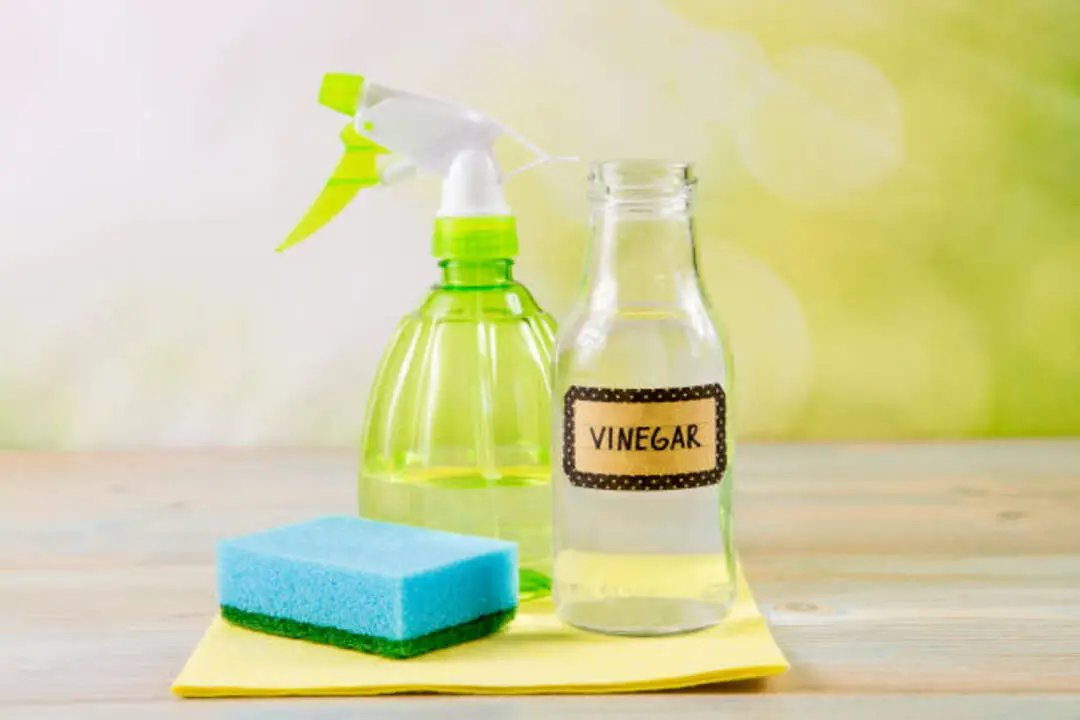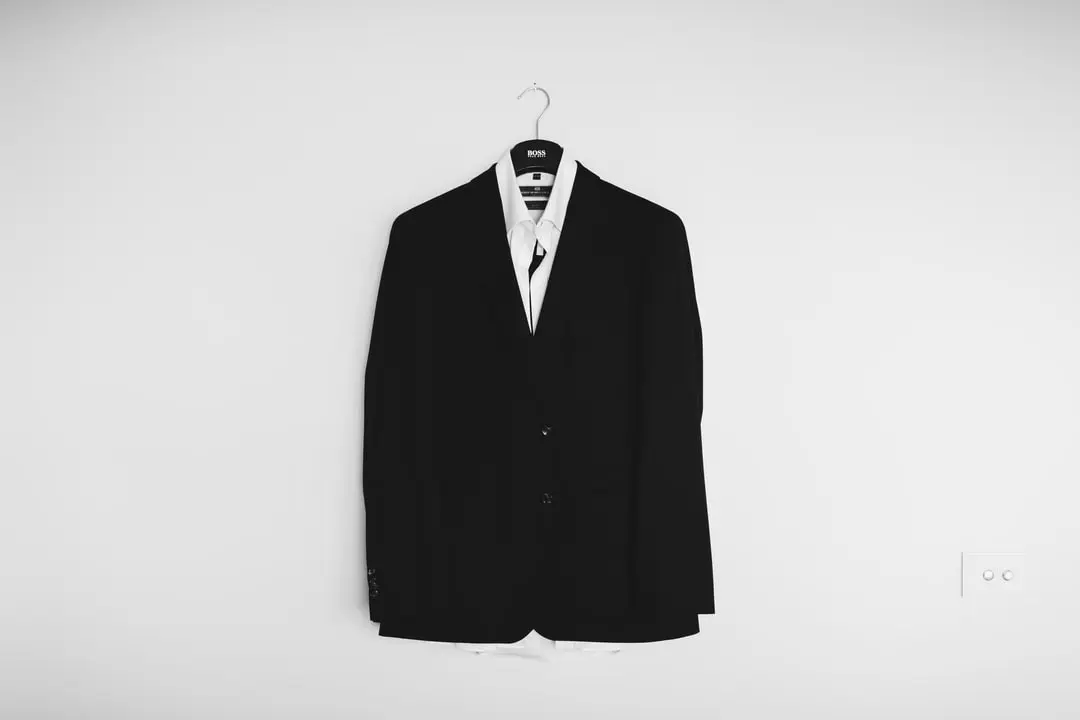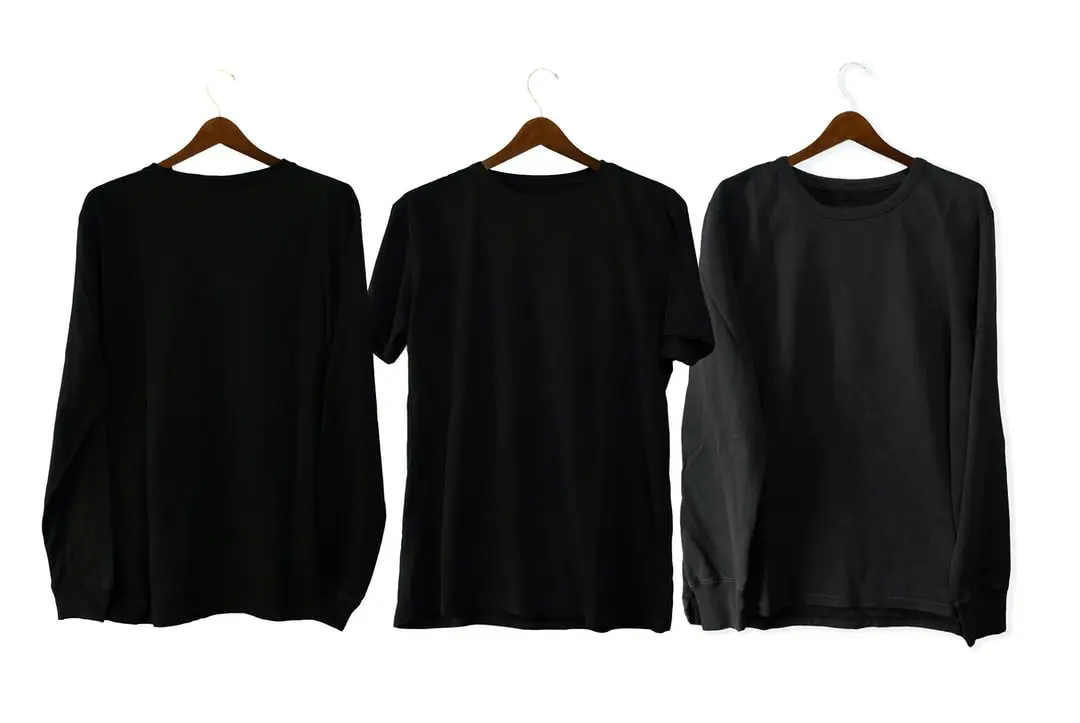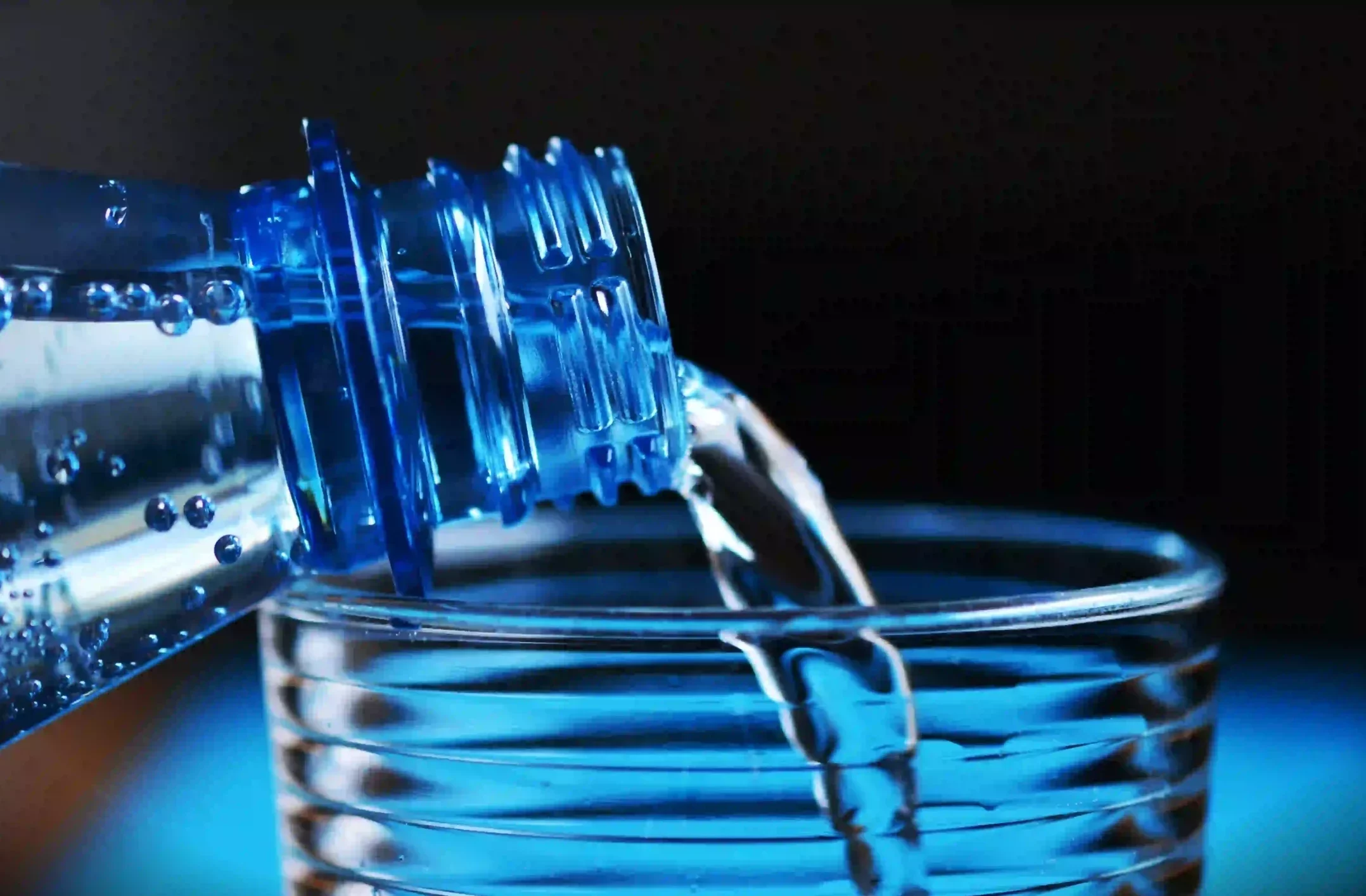Washing clothes by hand is a labor-intensive job. It takes a lot of time and elbow grease. But it also has some significant advantages over washing clothes in a machine, which many people don’t think about.
So, before you go out and buy an expensive front-loading washer, read on to find out the pros and cons of washing clothes by hand first!
The Advantages of Washing Clothes by Hand
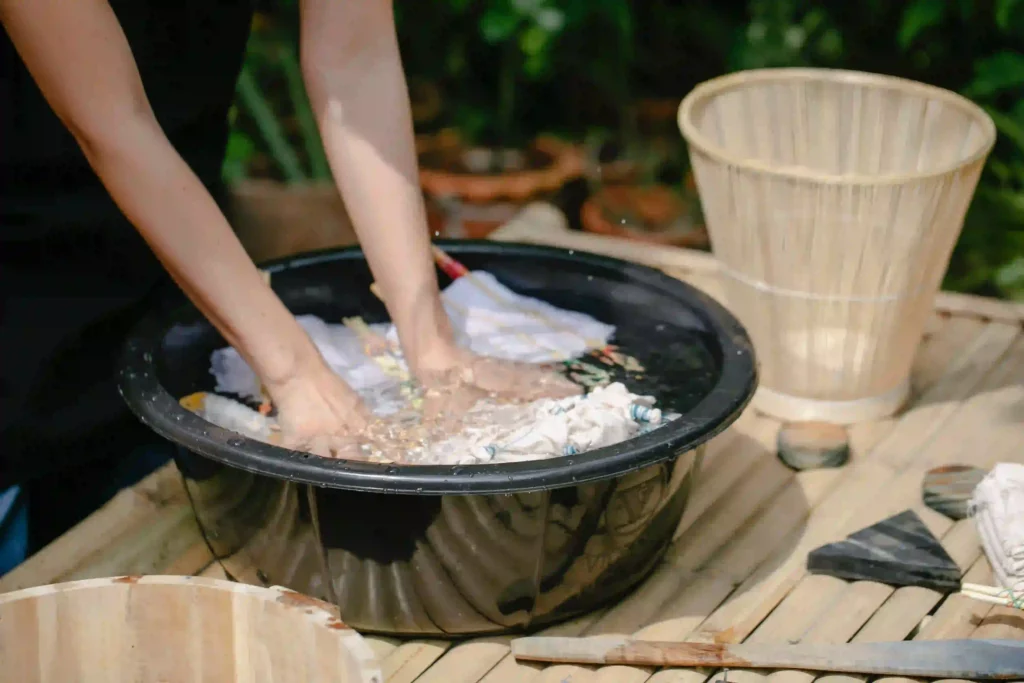
There are many benefits to hand washing clothes rather than using a machine. The following are some of the advantages of washing clothes by hand:
1. Inexpensive
The most obvious advantage of washing your clothes at home is that it saves money. You can wash as much laundry as you want for pennies per load, whereas commercial machines charge anywhere from $2 to $5 per load (or more). That means if you do 10 loads of laundry each week for 50 weeks in a year, you will spend over $1,000 just on doing laundry at home!
2. Convenient
Just about anyone can afford to buy a washing machine and start using it to do their household laundry. With the built-in spin cycle, clothes come out almost dry, so they don’t require any additional drying. They are ready to be ironed, hung up, or folded. You can even use a drying rack to air dry your clothes and save energy!
3. Personal
Some people just like the idea of doing laundry by hand because it makes them feel more personal and involved with the task at hand. It’s as if they take pride in their work, knowing they did it all by hand.
4. It’s a Good Exercise
One of the biggest advantages of washing clothes by hand is that you get some great exercise in the process. With your arms, back, and legs all working together, using an old-fashioned washboard will burn calories like nothing else!
5. Reduced Environmental Impact
Many people don’t realize this, but washing clothes in a washing machine takes a lot more water than you think. It can take as much as 12 gallons of water to do a load of laundry, even though your machine may claim to use less! Washing clothes by hand uses only a fraction of that amount, which reduces the strain on the environment.
6. Get Rid of Stains
Most people find that washing their clothes in a washer is not effective when it comes to removing tough stains such as oil, grease, and ink, but putting them through a washboard will do the trick! You can even scrub out some hard-to-remove stains by hand if you use a mix of bleach and water.
7. You Can’t Neglect It
One of the disadvantages of using a machine to do your laundry is that sometimes people just toss their clothes into the washer and neglect to check for stains or remove items with metal hooks because they don’t want to hassle with handwashing them. This can cause clothing and certain fabrics to run and can also damage the washing machine and clog up the machinery.
8. It Gets Clothes Clean
Some people think that doing laundry by hand is not as effective as it used to be because they do not see the lather that they see in a machine wash. A little bit of detergent or soap goes a long way in your washboard tub.
Washing machines don’t actually get clothes all that clean because they use so much water, whereas the simple act of scrubbing clothes against a washboard with water gets them squeaky clean!
9. Unplugged Fun
A lot of people enjoy doing laundry by hand because it takes them back to a simpler time – a time before electricity, when everything was natural and not made by machines. There’s something about using a washboard that makes people feel prim and proper again!
10. Colors Last Longer
One of the disadvantages of washing clothes in a machine is that items can come out faded due to the harshness of the washers and dryers. Washing clothes by hand avoids this problem, ensuring that your colors remain vibrant for a longer period!
How to remove yellow stains from a toilet bowl.
Disadvantages to Washing Clothes by Hand

Many people enjoy washing their clothes by hand, but there are some drawbacks to this cleaning method. This article lists ten disadvantages to washing clothes by hand:
1. Time
Washing clothes by hand takes much longer than other methods, like a washing machine or dry cleaner, because the user must scrub and rinse each item individually and repeatedly until it is clean.
2. Work
Scrubbing clothes with one’s own hands is both tiring and uncomfortable, particularly on the back of the hands if care is not taken to protect them by wearing gloves or using a scrub brush.
3. Wear and Tear
Washing clothes by hand is rough on the fingers, which can become sore, cracked, and dry. Hand washing is the cause of most fingernail injuries.
4. Cost
Cleaning agents are relatively inexpensive, but buying them in bulk can add up over time.
5. Coverage
A large amount of clothing may be ruined if it gets stained or ripped during hand washing because there is no machine to sense how much pressure is applied and shut off automatically.
6. Environment
Using a washing machine or dry cleaners does not require the use of water, which means less time spent in front of a faucet and no chemical discharge into waterways and ecosystems.
7. Space
Washing machines and dry cleaners require only one space. However, hand washing leaves clothes and tools strewn about the home.
8. Clothing Damage
Knits, especially those that are delicate, need to be handled very carefully during hand washing as they can easily develop small holes and snags from all the scrubbing and wiggling required to clean them thoroughly.
9. Sorting
Not everyone has a washing machine that can sort by size, color, and material. Hand washing requires checking pockets carefully to catch money, jewelry, etc. before the cycle is complete.
10. Drying Time
People with large loads may have to rotate clothes from the washer to the dryer or find a line on which to hang them during hand washing to avoid spending a long time with damp clothes.
Ways to remove sweat stains from walls.
Factors to consider when washing clothes by hand

Temperature of Water
The temperature of the water that is used during the washing process can either attract or repel dirt. Hotter temperatures, such as those found in a clothes washer, will attract dirt and dissolve it into the fabric’s fibers where it can be rinsed away after being added to a mixture of soapy water.
Colder temperatures, however, push the soil away from the fabric’s fibers and suspend it within the soapy mixture until a rinsing process can remove it from the clothing.
Cooler temperatures should be used on delicate fabrics, whereas warmer ones are more appropriate for heavy-duty fabrics because of their ability to dissolve dirt. The temperature of the water also affects the surface tension of the fabric.
When too much heat is used, this can damage or shrink certain fabrics, such as wool and nylon. However, if cold temperatures are used on fabrics that could be damaged by high-temperature water, such as nylon and polyester, stains could go unnoticed until after they have been dried and set.
Water Temperature Guide
Washing Machine – 100°-120°F
Dishwasher – 120°-140° F
Hand Wash – 90°-100° F
Automatic Hand Wash – 80°-90° F
Bleach Bath – 130° – 150 °F
Fabric softener added to wash- Water temperature not to exceed 105° F
The Amount of Water Used
Clothes must be soaked in a tub full of water before they can effectively cleanse the dirt and stains off of them. Usually, a general rule for this is about one gallon of water per item being washed.
This ensures that all of the fabric is covered in water and that it has enough space to move around freely. If there isn’t ample water present, then areas of dirt will remain on the fabric or be pulled into it because they were not properly wet.
The more surface area that is exposed to water within a given unit of time, the more thorough the cleaning process will be. A general rule when washing with water is to apply more, to remove more dirt.
Type of Soap Used
Soaps contain surfactants that are either ionic or non-ionic in nature. Ionic surfactants are negatively charged under normal conditions but become positively charged ions when dissolved into water.
Nonionic surfactant molecules have no charge at all and bond to both polar and non-polar molecules. Ionic soaps require hot water for their cleansing properties, whereas nonionic ones only need the presence of water. However, ionic soaps work better in warm or hot temperatures, whereas nonionic ones do not.
Nonionic soap is primarily used due to its compatibility with both hot and cold water washing processes. It can be used effectively on just about any fabric type, has a low chance of damaging the fibers, and acts as a detergent.
Amount of Soap Used
When soap is first introduced into the washing process, it must be done in small amounts. The reason for this is that the alkalinity of the soap must first be balanced within the water before it can begin its work as a surfactant. If more soap is used than required, it will reduce the pH balance of the mixture and can irritate already sensitive skin.
It can also damage clothing fibers because a high pH causes the fibers to swell. If too much surfactant is used when washing clothes, then the amount of dirt that is removed will be minimal because it travels along with the soap molecules to maintain an alkaline pH balance.
Tub Type
Three different types of tubs are designed for personal use when washing fabric items. Each one has its own set of advantages and disadvantages that need to be considered when deciding which one to use.
(1) Traditional Stand Alone Tubs
These are the largest options in terms of volume, contain ridges within them for better stirring, and can easily accommodate larger fabric items like comforters or sleeping bags.
The disadvantage of this type is that they are not very portable, which makes them the most difficult to use. They also have a slanted bottom, so items being washed can get stuck in the ridges.
(2) Collapsible Bucket System
These buckets are smaller than traditional ones but are still large enough for many average-sized clothing items. They can be moved more easily than stand-alone tubs and have a flat bottom so that the water stays in while being transported. They do not contain any ridges within them for agitation, but they can easily be swirled around with the hands.
(3) Washing Machine
While this is not intended for personal use, it can be used in a pinch and can save time and energy because it agitates the fabric for you. This option is only recommended when no other alternative options are available.
Remember to use nonionic soap sparingly at first, check your water’s pH balance, and avoid using too much soap by beginning with small amounts. Also, consider how portable certain tubs are if you need to transport them. If you do not, then the traditional stand-alone tub is probably the best choice for you. Additionally, consider using a washing machine if no other option is available to you.
Check out how to remove ink stains from leather bags.
Final Thoughts
Washing your clothes by hand can be time-consuming and difficult. But it has some advantages over washing with a machine, like the ability to use less soap, avoid over-drying fabrics, or remove stains that are more difficult for machines to handle. It also requires significantly less water than doing laundry in a machine, which means you will save money on your utility bills.
On the downside, if you don’t have any other options but to use an old-fashioned tub, then there’s no way of avoiding how large it is, so consider getting one collapsible bucket system or a stand-alone tub instead. You’ll still get all the benefits mentioned above without having to lug around something too heavy!
